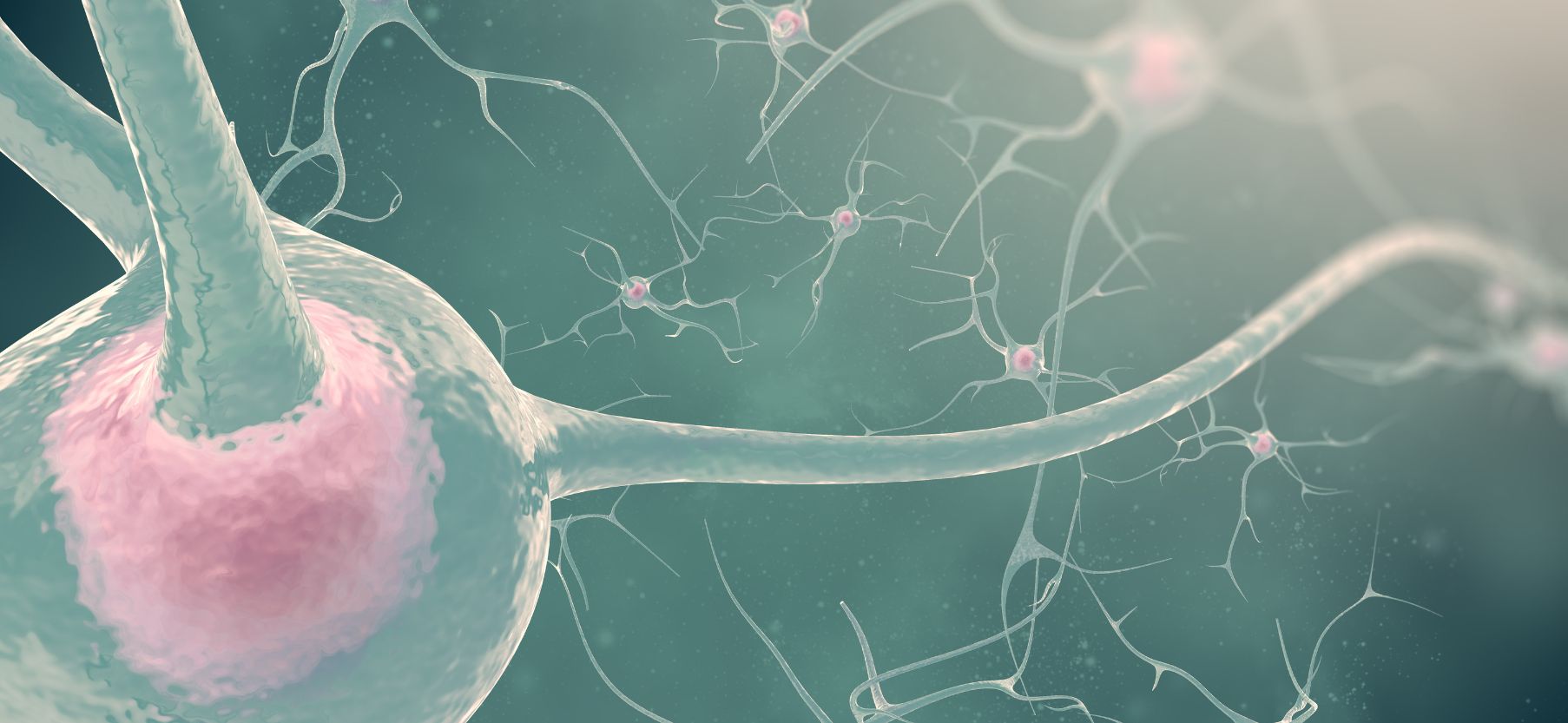When faced with any situation, our bodies seemingly react with states of fight or flight, mere stacitity, relaxed indifference or a more balanced disposition of social engagement. Naturally, sometimes we feel safe and secure; other times, we incur discomfort or perceive danger. But what underlies all of this? According to polyvagal theory, our vagus nerve – which stretches from the cranium down throughout the body – is at the center of our ability to be compassionate. If we can manipulate this nerve, so it goes, we will be less likely to react irrationally in alarm, or freeze up. Increasingly, people are working to rewire themselves accordingly.
A somatic technique, the triple vagal method – born out of polyvagal theory – can help slow down the heart rate and prepare the body to enter rest and digest mode. The parasympathetic state also has a similar function but without allowing the same degree of social engagement. While TVM is a relatively new practice, the dynamic neural relationship between the brain and the heart was acknowledged by naturalist Charles Darwin back in 1872.
Effects on the heart knock onto the brain, said Darwin
“When the heart is affected it reacts on the brain; and the state of the brain again reacts through the pneumo-gastric [vagus] nerve on the heart; so that under any excitement there will be much mutual action and reaction between these, the two most important organs of the body,” he said
Stephen Porges, a professor of psychiatry at the University of North Carolina created poly vagal theory in 1994. He has argued that “we’re not machines that are detached from our thoughts and feelings”. But to return the body to a state of equilibrium, people can engage in a whole host of relaxing activities as diverse as yoga and other forms of exercise, spending time outside, enjoying food and drink, getting a pedicure, or performing acts of kindness.

The calm radiating from such experiences is said to send gentle waves down the vagus nerve, also known as the love nerve – which is believed to contain the widest distribution of nerves in the body. “Each of us has more capacity to engage socially when our nervous system feels safe, and contrastingly we have more need to fight, flee, or freeze when our nervous system is sensing danger,” says one analysis.
‘It’s not in your head, it’s in your nervous system’
“Polyvagal Theory emphasizes sociality as the core process in mitigating threat reactions and supporting mental and physical health,” Porges said in a paper last year. Elaborating, he told the Observer, “we have to understand that when a person has a reaction or response to trauma, the body interprets the traumatic event as a life threat … There’s a massive retuning of how the nervous system works, how it regulates underlying physiological systems that impact social behavior, psychological experiences, and also on physical outcomes.”
The theory, which has been disputed, mostly relies on research on young children and reptiles, from whom mammals evolved; as well as analysis of the autonomic nervous system. The traditional view is that this system only includes a sympathetic, more activating, state and a parasympathetic state which supports restoration. But PVT identifies a third response: the social engagement system described as “a hybrid state of activation and calm”.
In a recent MindHealth 360 podcast, Purges said: “One might go to a psychiatrist and they say, ‘It’s all in your head’. Polyvagal theory says, ‘Hey, it’s not in your head, it’s in your nervous system, and it’s being manifested in your organs: in your gut and your heart. All therapists working with people with trauma or high levels of anxiety, can literally see it in the body. You can hear it in the voice and see it in the face. The nerves regulating vocalization are vagal nerves.
‘Is there a biological fingerprint for compassion?’
One experiment at Berkeley showed students with a strong vagal tone demonstrated more empathy and compassion when watching videos of people in distress than peers with weaker such tone. “Is there a biological fingerprint for compassion?” a 2015 report in the university’s science magazine said. “The Vagus nerve appears to be intimately tied to experiencing compassion towards other people’s suffering, providing more evidence for Porges’s polyvagal theory.”
Increasingly, body therapists such as masseurs, reiki practitioners and energy healers are training to offer treatments with the triple vagal method – a practice born out of polyvagal theory in which pressure is applied to the main branches of the love nerve to help bring the body to the hybrid state.

“The amount of stimulus modern life has added has far exceeded the natural evolution of most people’s nervous systems today compared to previous generations,” says the Integrated Somatic Institute. “Because understanding emotional trauma even in the fields of neuroscience and psychology is fairly new, there isn’t a lot of information or public awareness – making it something people simply learn to live with.”
Triple vagal method takes off
However, this context is partly what makes the triple vagal method (which, curiously, is trademarked by the Integrated Somatic Institute) so unique, they say. “It is a rapid process, naturally induced by the body to heal and rehabilitate the ‘overwhelmed’ or stuck nervous system.”
Workshops and teacher training are increasingly popping up. One ad says: “TVM™️ actively engages the polyvagal nervous system and ladder to manually stimulate oxytocin in a calculated approach to rebuild the polyvagal tone and neural-pathways to rehabilitate trauma responses in the body.”

